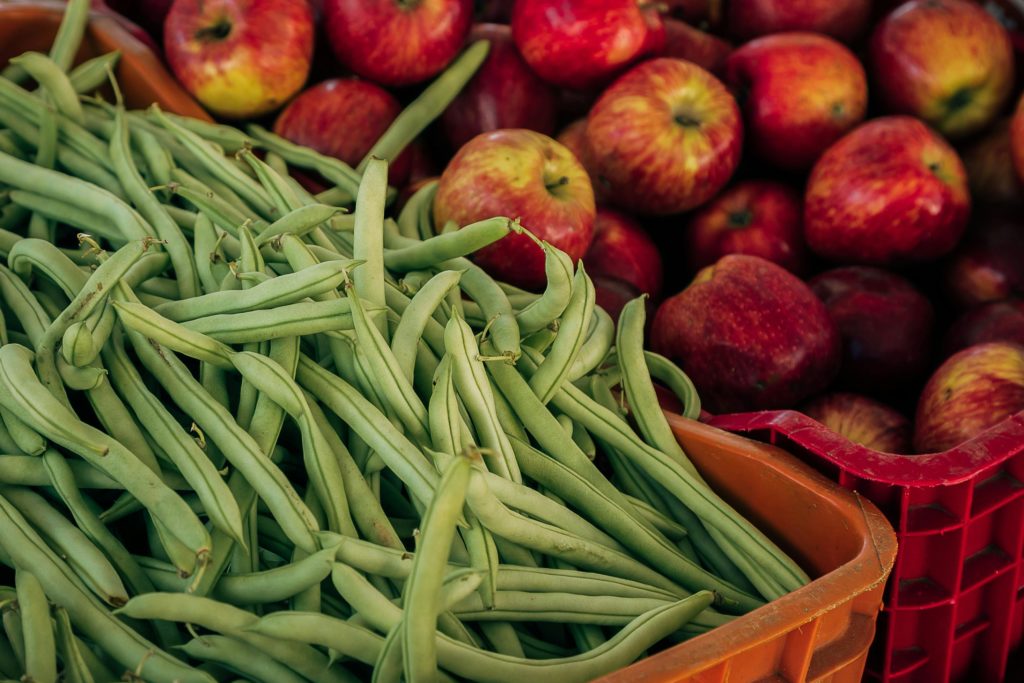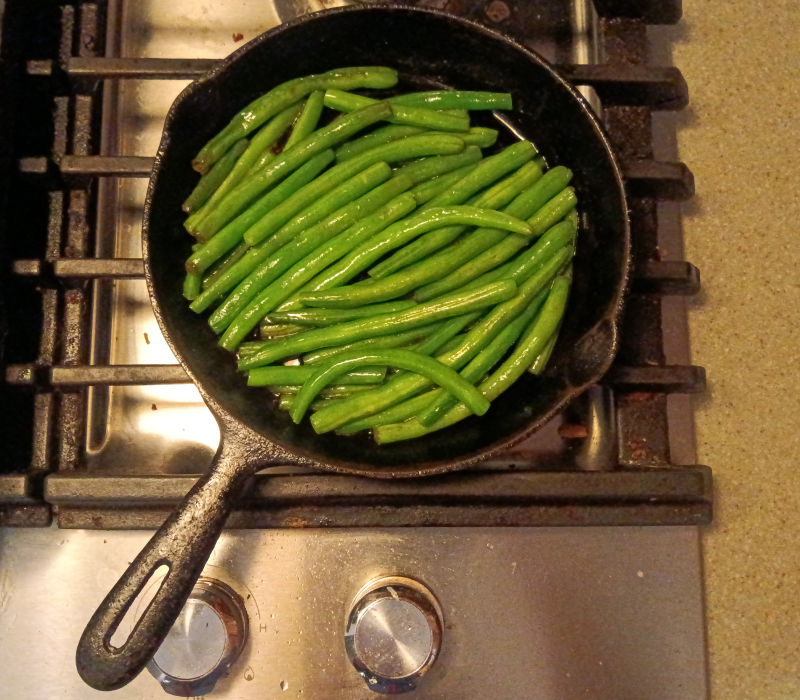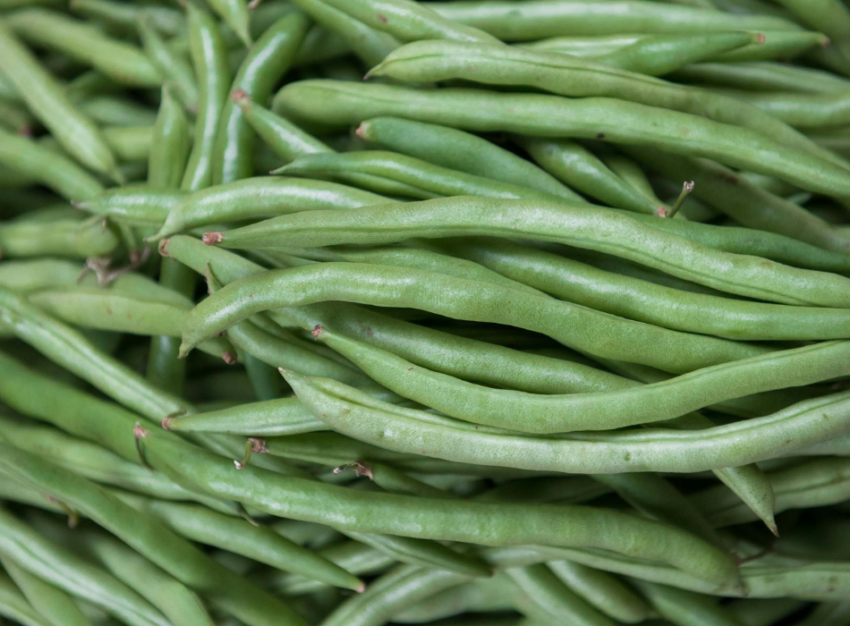I don’t normally have food go bad, so whenever it does happen, it’s a bit of a surprise.
The exception to that is green beans. Because I’m not crazy about them, I tend to just use a bit at a time. As a result, they sit in my fridge for a long time and start to turn slimy. It doesn’t help that green beans typically come in a big bag at the grocery store, and I wasn’t sure the best way to store them.
Here’s how to store green beans, so you can prevent food waste and save some money.
All about green beans
You may also know them as string beans, snap beans or haricots verts. If they’re yellow or purple, they’re known as wax beans. In any case, these beans are long and narrow, and you can eat the whole thing—pod and seeds. Green beans are a good source of vitamins A, C and K, as well as fibre.
In Ontario, green and yellow beans are in season from June to October. They may grow as bush beans (in a bush) or pole beans (on a vine).
How long do green beans last?
The amount of time that green beans will last depends on how they’re stored. Fresh green beans stored properly in the fridge will last for about seven days. Green beans’ relatively short shelf life means that you should plan to use them up soon after purchase. If green beans are cooked in a dish, store the leftovers in the fridge and eat them within three to five days.
Green beans stored in the freezer, meanwhile, are best to eat within eight months. They’ll still be edible after that time, but the quality won’t be as good.
How to select green beans

Stopping green beans from going bad starts with choosing good beans. Ideally, you can choose them loose at the store or farmers’ market so that you have more control over which ones you bring home.
In any case, look for beans that are smooth, firm and bright green. They should snap cleanly when broken. Avoid beans with brown spots, bruises, bulging seeds or slime.
How to know when green beans have gone bad
Brown spots, slime or a sour smell are all telltale signs that green beans have gone bad. The beans may also go limp and lose their characteristic snap.
If there are just a few brown spots, it’s okay to cut those off and eat the rest of the bean. However, if the beans are very brown or slimy, have a strange smell or are developing mould, it’s time to toss them.
How to store green beans in the fridge
Green beans should be stored whole and unwashed in the fridge. Moisture will make them start to spoil. Remove any bad beans before storage.
Store green beans in a sealed plastic bag or airtight reusable container in the crisper. If you’re able to adjust the settings for your crisper drawer, set it to high humidity. You can add a piece of paper towel to the bag or container to absorb moisture, replacing the towel as it gets damp.
Green beans are sensitive to ethylene gas, so keep them away from ethylene-producing fruits and vegetables like apples, peaches and avocados.
How to store green beans in the freezer
For longer-term storage, freeze your green beans! An important part of this is blanching (briefly boiling the beans then cooling them in ice water). This step cleans the vegetable and helps preserve the texture, colour, flavour and nutrients.
Here are the steps for freezing green beans:
- Prepare the green beans by rinsing them under cold water, trimming off the ends and (optionally) cutting the beans into smaller pieces.
- Bring a pot of water to a boil and set up an ice bath (a large bowl containing cold water and ice cubes).
- Cook the beans in the boiling water for three minutes.
- Transfer the beans to the bowl of ice water, and let them cool for three minutes.
- Transfer the beans to a dish towel to dry.
- Place the green beans in a single layer on a baking sheet and freeze them for one hour.
- Put the beans in airtight reusable containers or freezer bags.
- Label and date the containers, then store them in the freezer.
Find out in more detail how to freeze green beans in this article by Simply Recipes. You can often add frozen green beans directly to dishes without thawing them first.
How to prepare and cook green beans

Cooking green beans is a great way to use them up and prevent them from going bad! To prepare green beans, wash them just before using them. Slice off the stem end (where the bean joined to the plant) and, if you like, the other end as well. You can leave green beans whole or slice them into smaller pieces. In any case, keep the cooking time short to maintain the bright green colour.
Like many other vegetables, green beans benefit from dedicated attention instead of just being thrown in the pan with everything else. There are many ways to cook with green beans, including sautéing, roasting, grilling or adding them to a soup, stir-fry, salad, casserole or pasta dish. For inspiration, check out these recipe compilations from Southern Living, Delish and The Pioneer Woman.
How to store green beans
I hope this post has been informative about different ways to store green beans, how to cook with them and how to decide whether those green beans at the back of your fridge are edible.
I want to know: How do you normally store green beans? Do you have any favourite green bean recipes?
Categories and tags:
Share this post:

